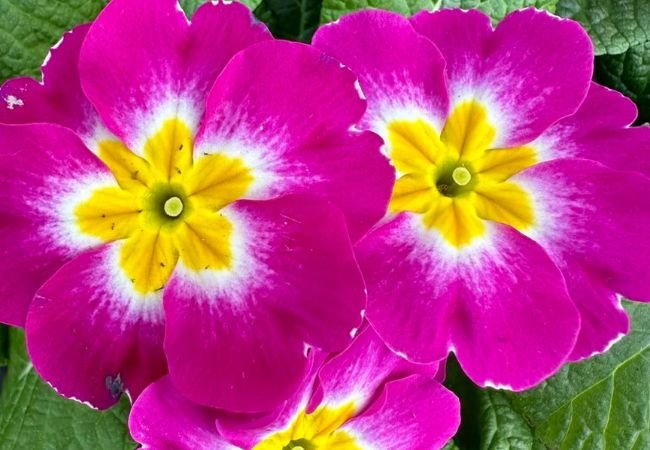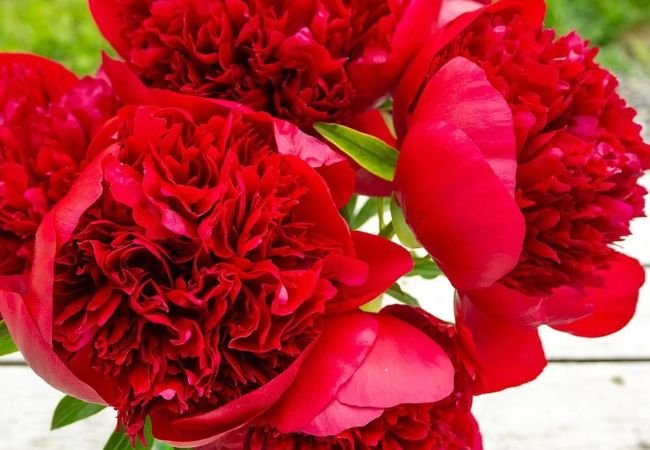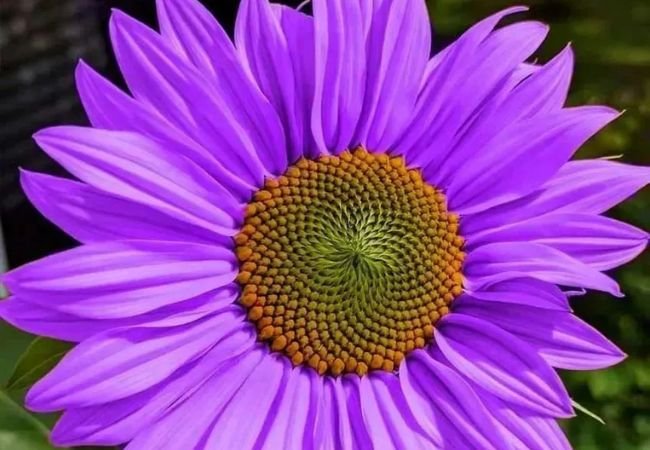Explore the best flowers to plant in March. Discover colorful blooms that thrive in early spring and tips for creating a vibrant garden as winter fades.
As winter begins to loosen its grip, March Flowers brings the promise of spring and new life to our gardens. This is the perfect time to start planting flowers that will add color and cheer to your outdoor space. In this guide, we’ll explore the top flowers to plant in March and provide tips on how to create a stunning early spring garden.
Why Plant in March?
March is an ideal time for planting many flowers because:
- The soil is beginning to warm up
- There’s typically more rainfall
- Plants have time to establish roots before summer heat
- Early blooms can provide food for pollinators
Let’s dive into the best flowers to plant in March and how to care for them.
Top Flowers to Plant in March
1. Pansies (Viola x wittrockiana)
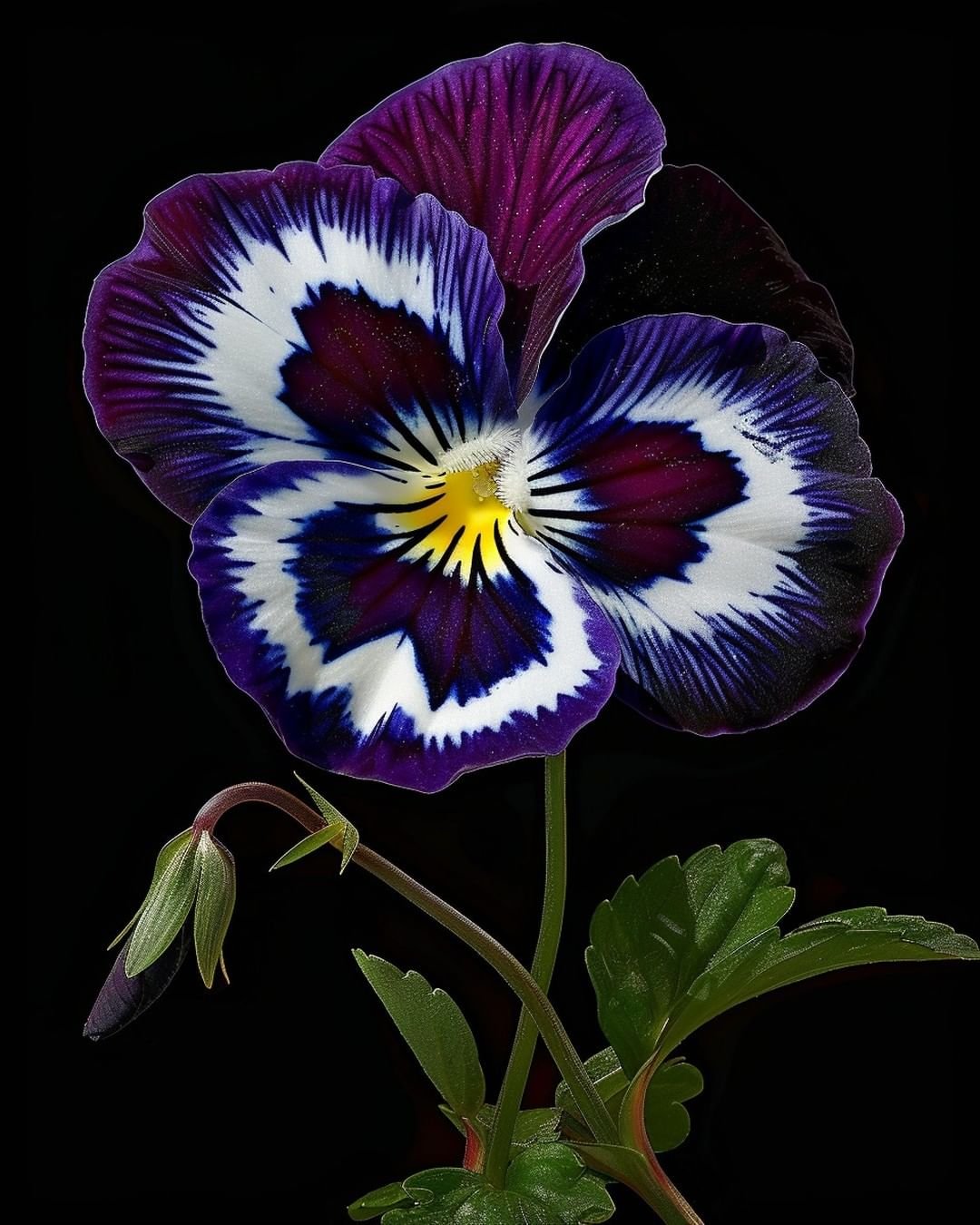
Pansies are a classic choice for early spring gardens. They offer:
- Bright, cheerful colors
- Ability to withstand cold snaps
- Long blooming period
- Plant in well-draining soil
- Choose a spot with partial to full sun
- Space plants 6-9 inches apart
2. Snapdragons (Antirrhinum majus)
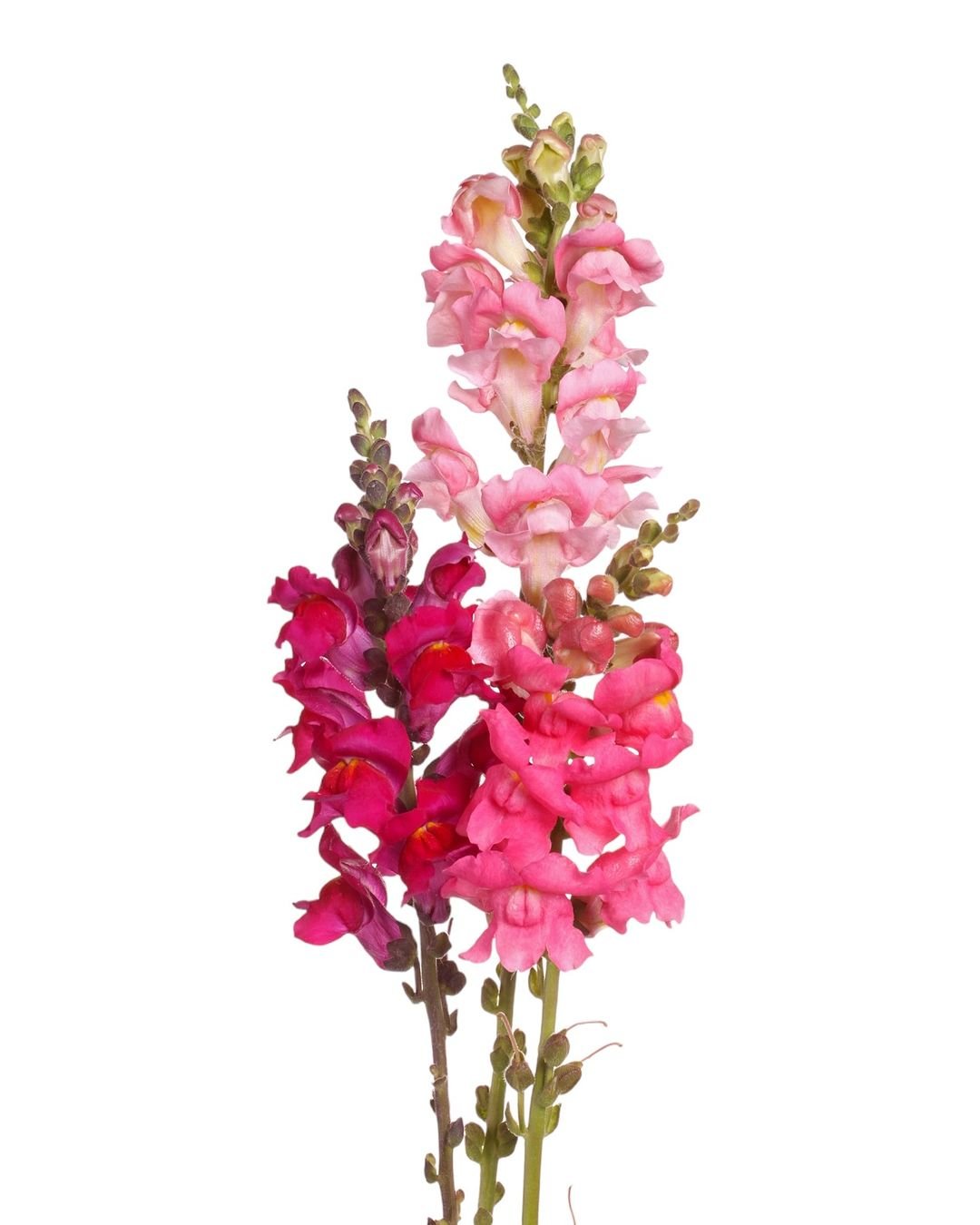
Snapdragons add height and vibrant color to your garden. They feature:
- Tall spikes of flowers
- A variety of colors including pink, yellow, and purple
- Attractive to pollinators
Care instructions:
- Plant in full sun
- Provide rich, well-draining soil
- Pinch off spent blooms to encourage more flowers
3. Sweet Peas (Lathyrus odoratus)
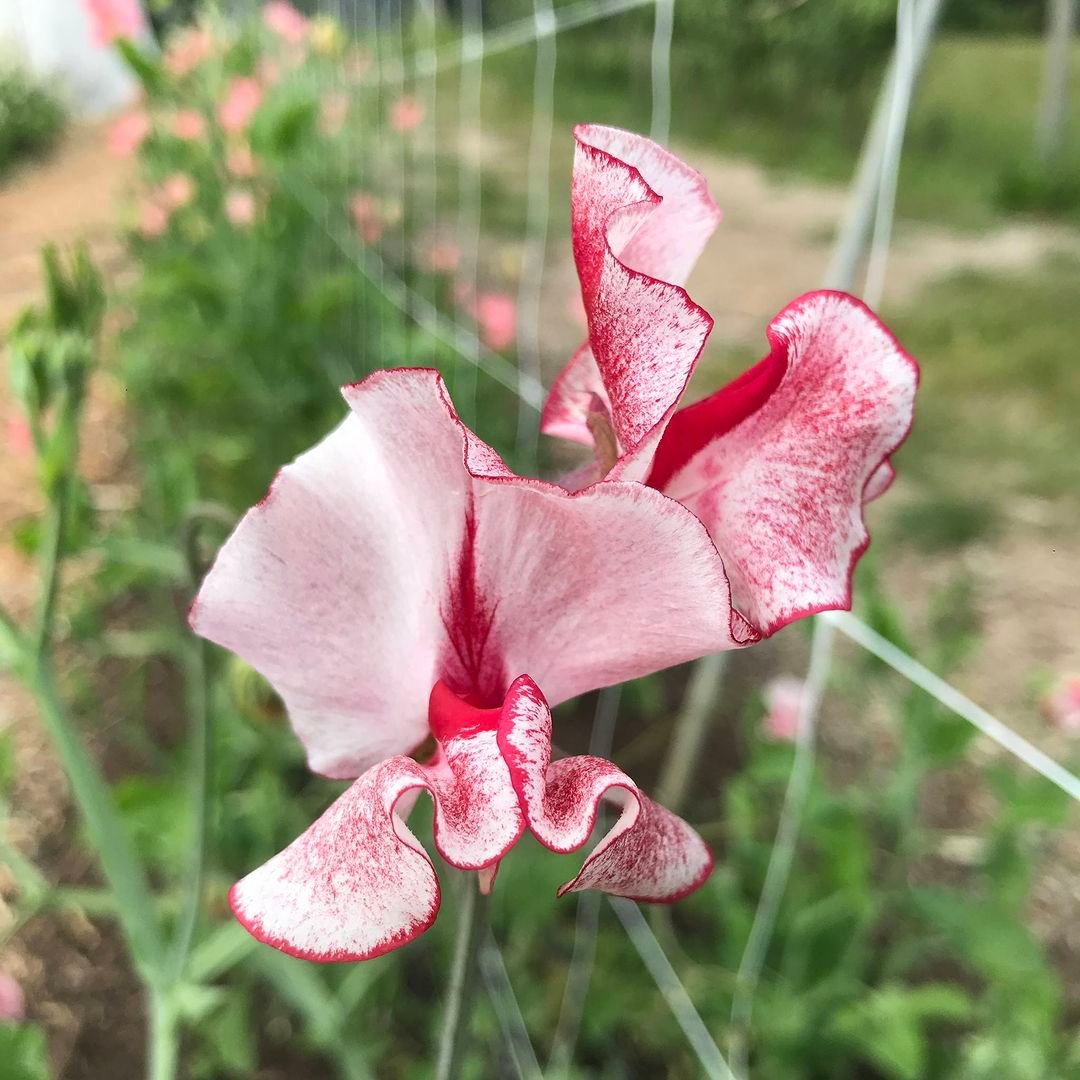
Sweet peas are known for their delightful fragrance and delicate blooms. They offer:
- Climbing vines with colorful flowers
- A sweet, enchanting scent
- Great for cut flower arrangements
- Sow seeds directly in the garden
- Provide support for climbing (trellis or netting)
- Plant in full sun or partial shade
4. Primroses (Primula vulgaris)
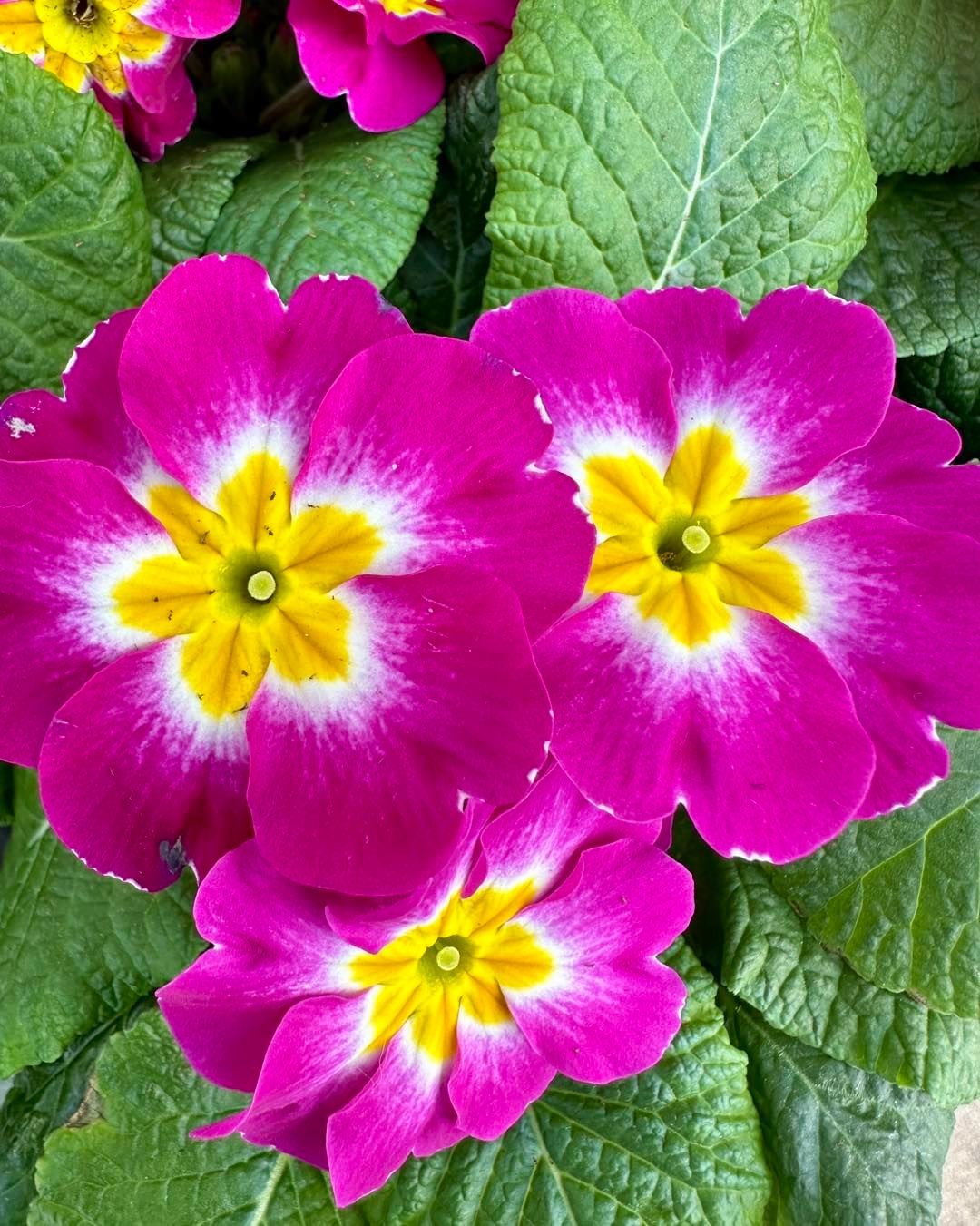
Primroses are early bloomers that bring cheerful color to shady spots. They feature:
- Low-growing clusters of flowers
- Pastel colors including yellow, pink, and purple
- Ability to thrive in cooler temperatures
Planting advice:
- Choose a spot with partial shade
- Plant in moist, well-draining soil
- Space plants 6-12 inches apart
5. Forget-Me-Nots (Myosotis sylvatica)
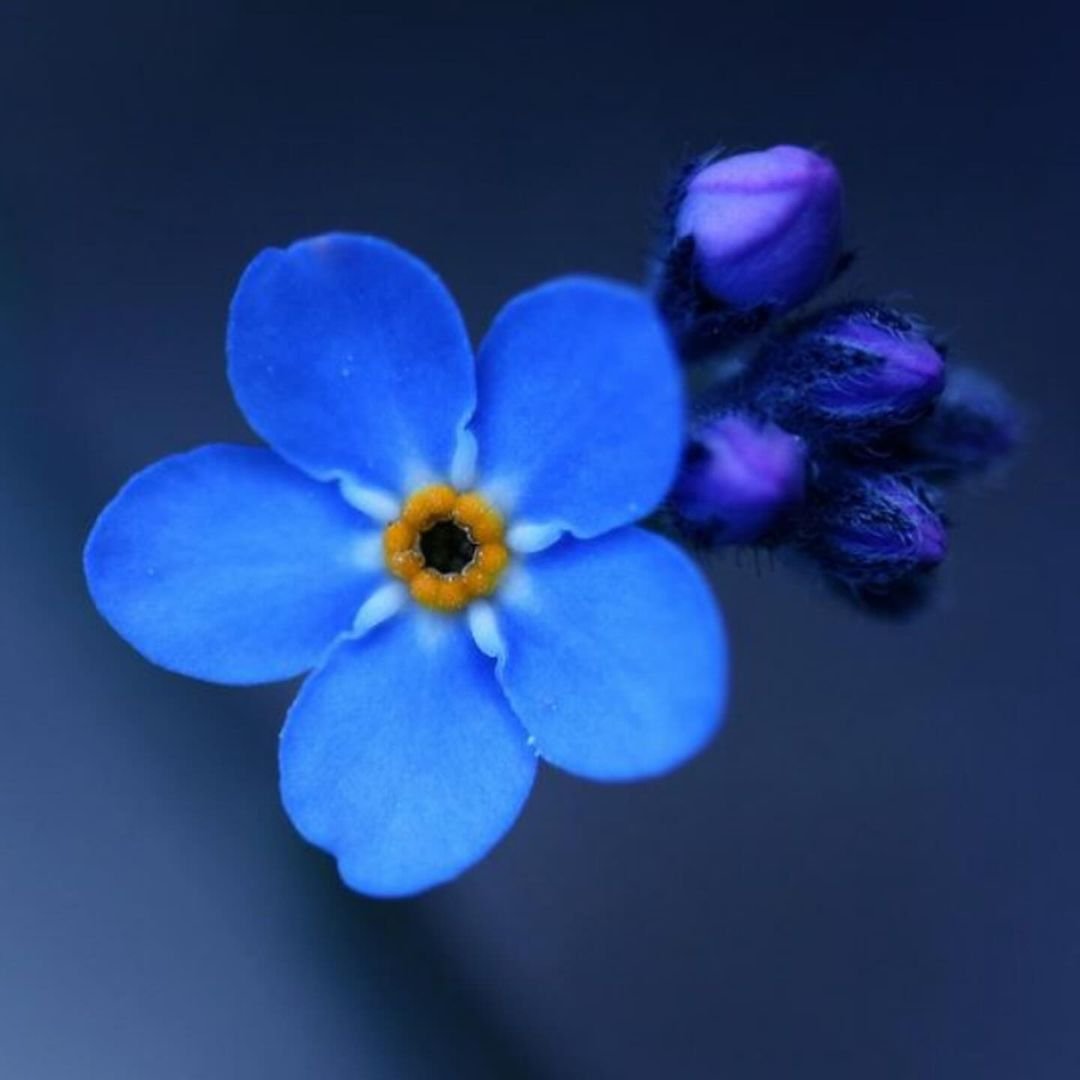
These delicate blue flowers are perfect for creating a soft, romantic look. They offer:
- Clusters of small, sky-blue flowers
- Self-seeding for easy spreading
- Attraction for bees and butterflies
Care tips:
- Plant in partial shade to full sun
- Provide moist, well-draining soil
- Allow space for spreading
6. Daffodils (Narcissus)
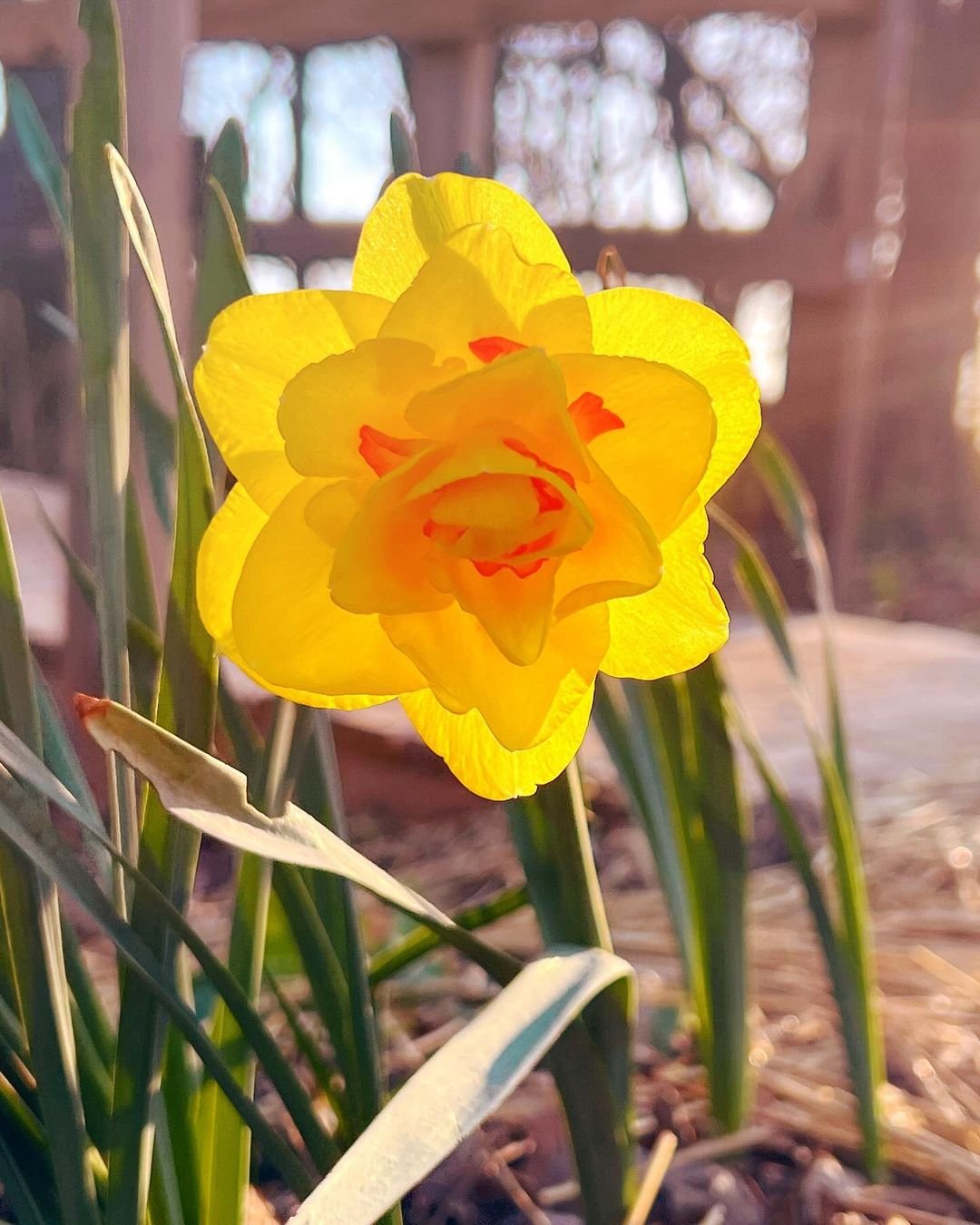
While daffodil bulbs are typically planted in fall, you can plant pre-grown bulbs in March. They provide:
- Bright yellow or white trumpet-shaped flowers
- Early spring blooms
- Naturalizing ability for years of flowers
- Choose a sunny or partially shaded spot
- Plant bulbs 6 inches deep and 6 inches apart
- Water well after planting
7. Tulips (Tulipa)
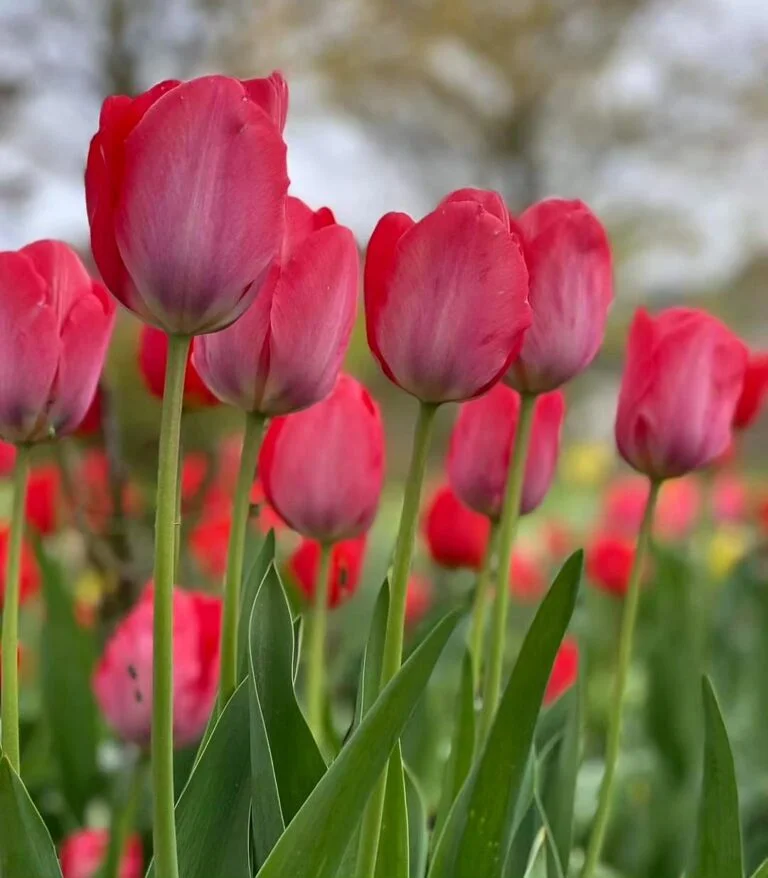
Like daffodils, tulips are usually fall-planted, but pre-grown bulbs can be added in March. They offer:
- A wide range of colors and shapes
- Classic spring beauty
- Excellent cut flowers
Growing tips:
- Plant in full sun
- Provide well-draining soil
- Plant bulbs 4-6 inches deep
Tips for Successful March Planting
To ensure your March-planted flowers thrive, follow these tips:
- Check your hardiness zone:
- Make sure the flowers you choose are suitable for your climate
- Find your USDA hardiness zone
- Prepare the soil:
- Clear away debris and weeds
- Add compost or organic matter to enrich the soil
- Watch the weather:
- Be prepared to protect plants from late frosts
- Use row covers or cloches if needed
- Water regularly:
- Keep soil consistently moist but not waterlogged
- Water deeply to encourage strong root growth
- Fertilize appropriately:
- Use a balanced, slow-release fertilizer
- Follow package instructions for application rates
- Mulch:
- Apply a 2-3 inch layer of mulch around plants
- This helps retain moisture and suppress weeds
Creating a Colorful March Garden Design
To make the most of your March flowers, consider these design tips:
- Layer your plantings:
- Place taller flowers like snapdragons at the back
- Use medium-height plants in the middle
- Edge with low-growing flowers like pansies
- Create color schemes:
- Choose complementary colors for a bold look
- Use analogous colors for a harmonious feel
- Consider a monochromatic scheme for elegance
- Mix textures:
- Combine plants with different leaf shapes and flower forms
- This adds visual interest to your garden
- Plan for continuous blooming:
- Choose plants with different bloom times
- This ensures color throughout the season
- Incorporate containers:
- Use pots and planters for flexibility
- Move them around to fill gaps in your garden
Caring for Your March-Planted Flowers
To keep your early spring garden looking its best:
- Deadhead regularly:
- Remove spent blooms to encourage more flowers
- This also keeps plants looking tidy
- Monitor for pests:
- Watch for common spring pests like aphids
- Use organic pest control methods when possible
- Support tall plants:
- Stake plants like snapdragons and sweet peas
- This prevents damage from spring winds
- Adjust watering as needed:
- Increase watering during dry spells
- Reduce watering during rainy periods
Planting flowers in March is a wonderful way to welcome spring and add early color to your garden. By choosing the right plants and following proper care techniques, you can create a vibrant and inviting outdoor space that will flourish throughout the season.
Remember to consider your local climate, prepare your soil well, and choose a variety of plants for continuous blooming. With a little planning and care, your March-planted garden will reward you with beautiful blooms and the joy of watching new life emerge after winter.
Whether you’re an experienced gardener or just starting out, these March flowers offer something for everyone. So grab your gardening gloves, head outside, and start planting your way to a colorful spring!

